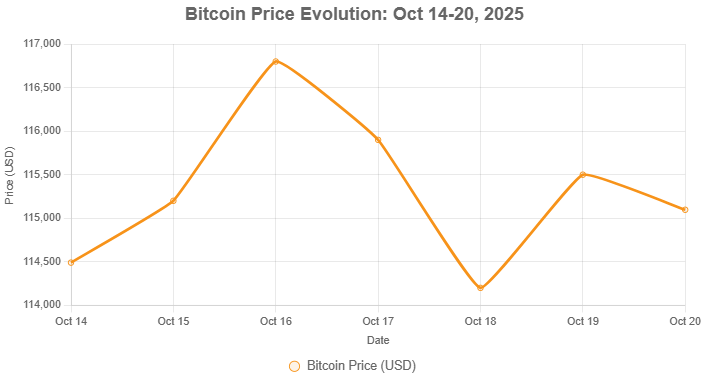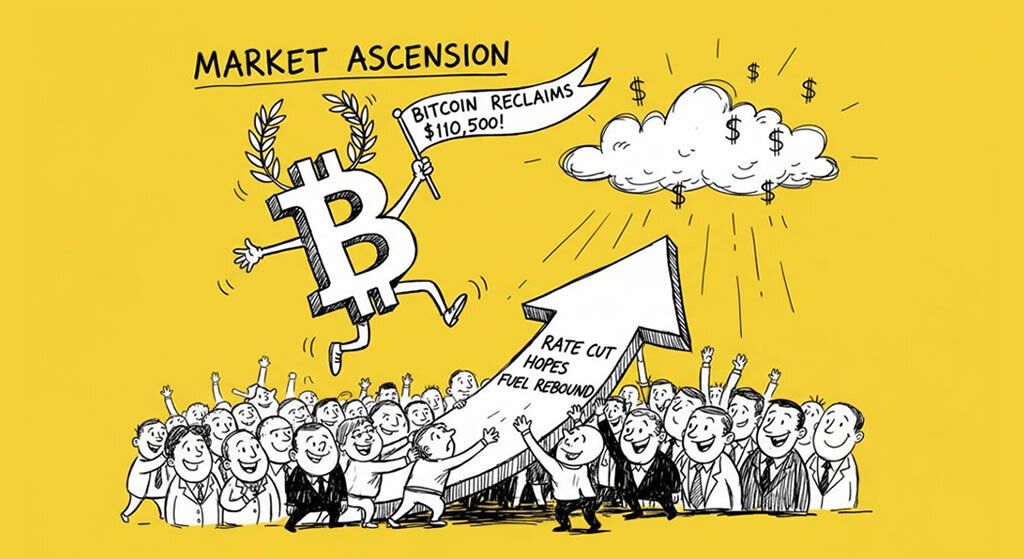Charles Hoskinson Claims Ethereum Will Not Survive “More than 10 to 15 years”
- Charles Hoskinson predicts Ethereum’s survival is at risk within 10-15 years due to design flaws and centralization.
- He criticizes Ethereum’s reliance on Layer 2 networks, calling them parasitic, and notes poor governance.
- Counterarguments highlight Ethereum’s ongoing upgrades like Pectra and Fusaka, and recent 10% network activity spike.
- Ethereum’s 17% price rally to $1.8K suggests market resilience, with supports at $1.6K and $1.7K.
Charles Hoskinson, Cardano’s founder and an Ethereum co-founder, argues that Ethereum’s core design flaws, such as its accounting model, virtual machine, and consensus model, along with its reliance on Layer 2 networks, could lead to its downfall. He also points to a lack of robust on-chain governance, suggesting centralization among a few key figures could fragment the ecosystem.
However, Ethereum isn’t standing still. Recent upgrades like Pectra and Fusaka aim to enhance scalability, and a 10% mid-week network activity spike, alongside a 17% price rally to $1.8K with supports at $1.6K and $1.7K, show continued market interest.
Counterarguments, like Avichal Garg’s dismissal of Ethereum’s demise by comparing it to Bitcoin’s recovery, suggest it’s premature to count Ethereum out.
During an AMA session with Altcoin Daily, Hoskinson outlined several reasons why he believes Ethereum faces an existential threat.
Core Design Flaws
Hoskinson argues that Ethereum’s foundational protocols are misaligned. Specifically, he criticizes the accounting model, virtual machine, and consensus model, suggesting they are not sustainable for long-term growth. For instance, he believes these elements could hinder Ethereum’s ability to scale efficiently, a critical factor in a competitive blockchain landscape.
Parasitic Layer 2 Networks
Ethereum has increasingly relied on Layer 2 (L2) solutions like Arbitrum and Optimism to address scalability issues. However, Hoskinson labels these L2s as “parasitic,” claiming they divert value from the main chain rather than solving core problems. He suggests this dynamic could weaken Ethereum’s ecosystem, with L2s potentially siphoning off users and developers over time.
Lack of On-Chain Governance
Another significant critique is Ethereum’s governance structure. Hoskinson notes a lack of a robust on-chain governance system, which he sees as leading to centralization among a small group of influential figures. This, he argues, could make it harder to reach consensus on necessary upgrades, potentially leading to fragmentation or “a very hostile divorce,” as he put it in an interview.
Hoskinson even drew a stark comparison, likening Ethereum’s potential fate to that of Myspace and Blackberry—once-dominant platforms that failed to adapt and were eclipsed by competitors. He also predicted user migration to other platforms, particularly Bitcoin’s DeFi ecosystem, which he expects could eventually surpass Ethereum in Total Value Locked (TVL).
Counterarguments
Despite Hoskinson’s warnings, several voices in the crypto space argue that Ethereum remains a formidable player, with ongoing efforts to address its challenges.
Avichal Garg’s Dismissal
Avichal Garg, a prominent crypto figure, dismissed the death calls for Ethereum, emphasizing its youth. He noted that Ethereum will turn 10 years old in July 2025 and compared its current state to Bitcoin at a similar age in January 2019, when Bitcoin’s price crashed from $20,000 to $4,000. Garg argued that it’s “foolish” to think Ethereum is done, given Bitcoin’s subsequent recovery and growth, highlighting Ethereum’s potential for similar resilience.
Ongoing Upgrades
Ethereum is actively working on upgrades to enhance its scalability and competitiveness. The Pectra and Fusaka upgrades, for instance, are designed to improve transaction speeds and reduce costs, directly addressing scalability concerns. Additionally, the recent Scroll upgrade, mentioned in a Coinpedia article from April 26, 2025, promised 90% lower fees and better performance, showing Ethereum’s commitment to innovation.
Market and Network Activity
Recent data from CryptoQuant, cited in an AMBCrypto article from April 24, 2025, shows Ethereum’s network activity spiked nearly 10% mid-week, indicating continued user engagement despite the controversy. On the price front, Ethereum rallied by 17%, reaching $1.8K, with key support levels at $1.6K and $1.7K, suggesting market resilience. This rally, following a period of volatility, underscores investor confidence in Ethereum’s future.
© Cryptopress. For informational purposes only, not offered as advice of any kind.
Latest Content
- Web3 AI Conference: Blockchain Hub Announces «Crypto Yolka» event to Launch Community-Voted Investment Fund
- Bitcoin Rebounds Above $110,000 Amid Rate Cut Hopes and Buy-the-Dip Sentiment
- Crypto Weekly Roundup – Navigating Tariffs, Liquidations, and Rebound Signals
- Bitcoin Reclaims $110,500 as Rate Cut Hopes Fuel Market Rebound
- SEC Chairman Paul Atkins Pushes for Crypto Innovation Amid Regulatory Overhaul
Related
- Charles Hoskinson Charles Hoskinson is the founder of Cardano and a co-founder of Ethereum, two of the world’s most popular cryptocurrency networks....
- Governance On-chain governance is a decentralized system for managing blockchain governance conflicts....
- Charles Hoskinson: ‘there will be more than 100 companies switching from Ethereum to Cardano’ According to data tracker CoinMarketCap.com, Cardano’s market valuation rose to around $34 billion this year from around $5.6 billion last year. Charles Hoskinson, a 33-year-old who appears to be a PhD student before crypto mania took over his life, is...
- Berachain (BERA): A Deep Dive into the Proof-of-Liquidity Blockchain Revolution Berachain Explained: EVM-Identical Chain, Tri-Token Model, and Governance Innovation....







